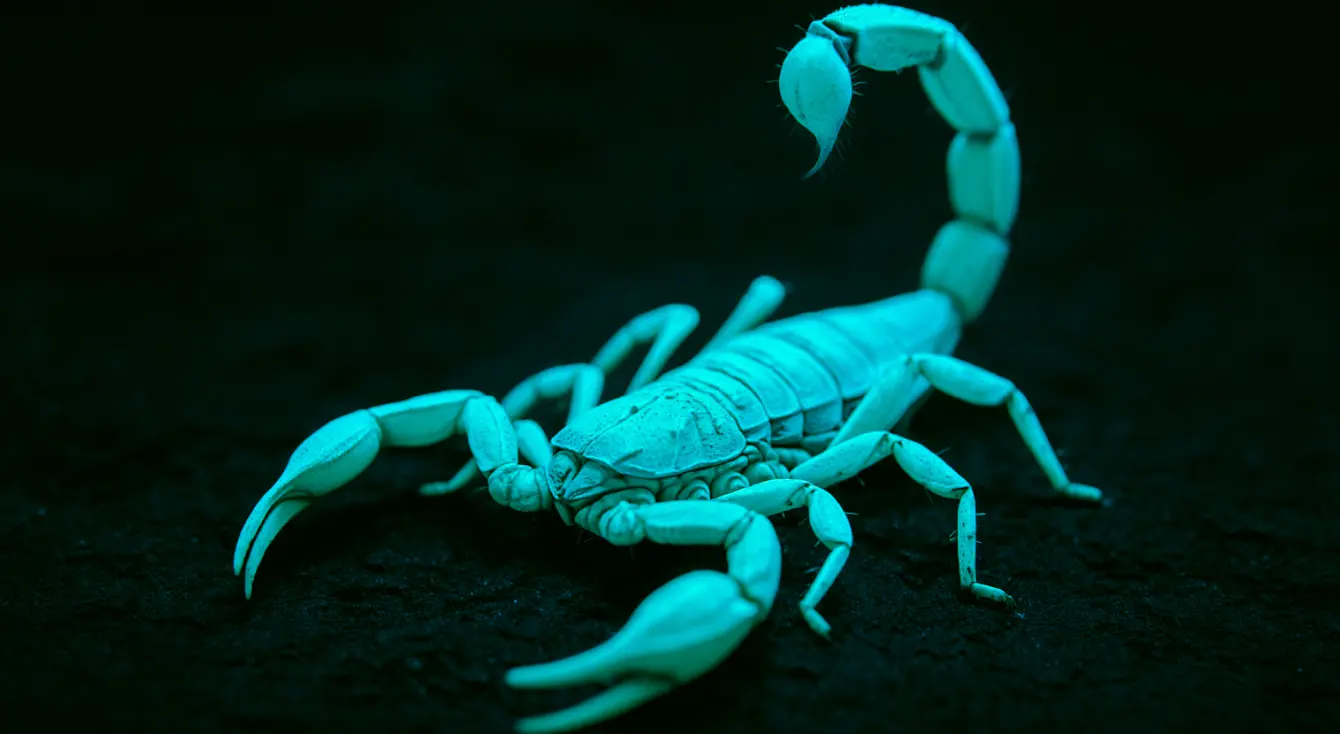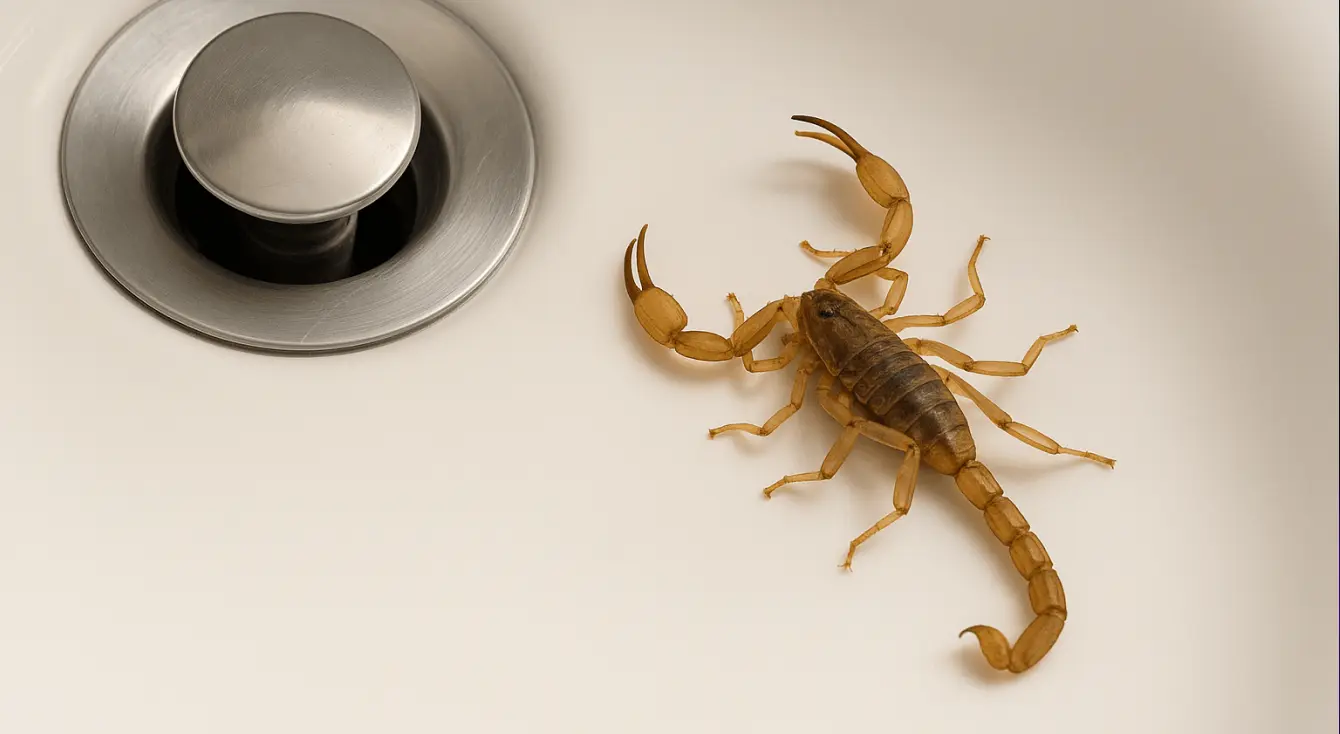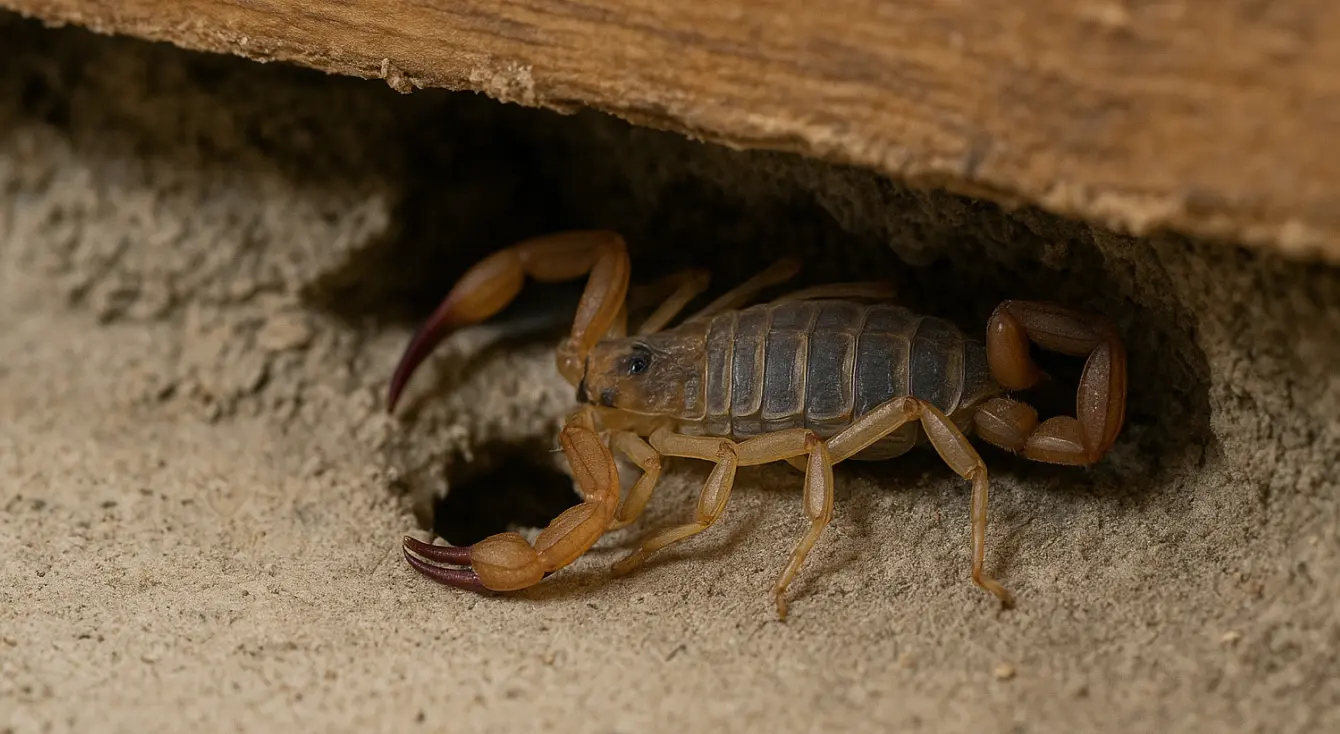If you've ever seen a scorpion up close—hopefully not in your kitchen—you’ve probably noticed those intimidating pincers. They look like tiny lobster claws, and they’re often the first thing people fixate on. But there's more to these appendages than meets the eye.
In fact, if you live in the Southwest, learning a little about scorpion pincers can help you understand which types are more dangerous and how they operate inside your home.
What Scorpion Pincers Are Really For
Scorpions use their pincers, also called pedipalps, for several critical tasks:
- Catching and holding prey: The pincers let them grab insects and other small animals.
- Crushing food: Some scorpions will use their pincers to mash prey before eating.
- Defense: When threatened, they’ll raise and snap their pincers before stinging.
- Courtship: Yes, even scorpions get fancy—males use their pincers to guide females during mating rituals.
The shape and strength of these pincers can actually tell you a lot about the scorpion’s strategy for survival.
Big Pincers, Milder Sting?
In general, Southwest scorpions fall into two rough categories:
- Scorpions with large, muscular pincers
These species (like the Stripe-tailed Scorpion) rely more on physical strength than venom. Their pincers can do real damage to soft-bodied prey. The sting? Usually mild—more like a bee sting for most adults. - Scorpions with thin, delicate pincers
This group includes the infamous Arizona Bark Scorpion—the most venomous in the U.S. Their pincers are weak, but they make up for it with potent neurotoxic venom. You do not want to step on one barefoot at night.
So if you’re trying to ID a scorpion in your home, don’t just look at the tail—take a close look at those pincers.
Why This Matters Inside Your Home
Scorpions don’t just wander in by accident. They’re looking for food, shelter, or water. And depending on the type, their behavior indoors can be very different.
- Scorpions with strong pincers tend to be more ground-dwelling and may hide under furniture or in garage corners.
- Bark Scorpions, with their weaker pincers, are agile climbers. They’ll end up in your bed, your sink, or even your shoes.
That’s why our Scorpion Detectors are designed to spot them at floor level and alert you immediately. Our UV LEDs light up their fluorescent bodies in the dark, and our camera system analyzes movement patterns—even if the scorpion is hiding in the shadows.
What You Can Do
If you’re seeing scorpions inside, try these quick steps:
- Seal up baseboards, electrical outlets, and plumbing access points.
- Keep floors clear of clutter—scorpions love hiding under piles.
- Use weather stripping around doors and windows.
- Turn on your Scorpion Detectors every night—they’ll do the rest.
And remember: those pincers may be your first clue about how risky a scorpion might be. Pay attention to their shape, and don’t assume a small sting means small danger.






